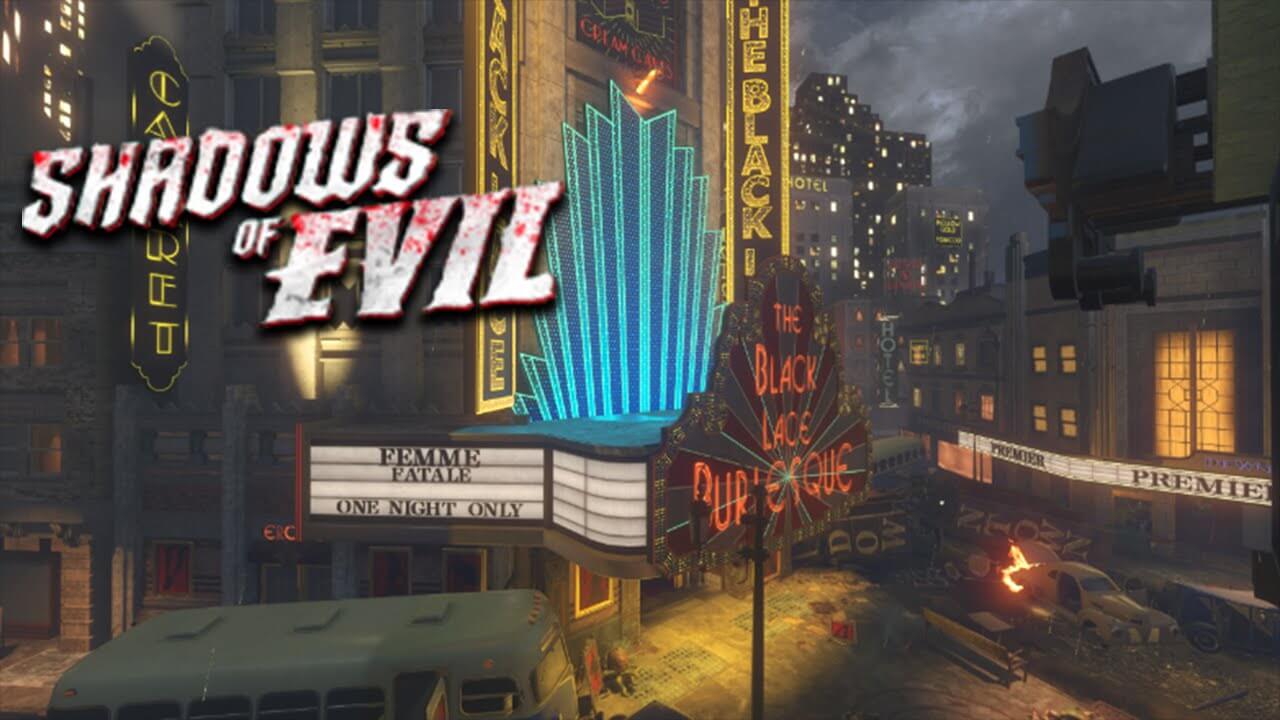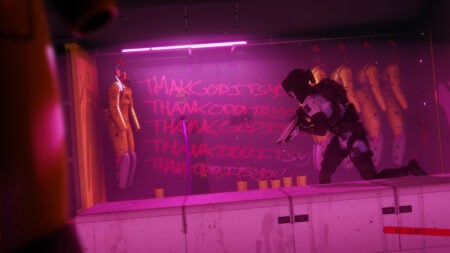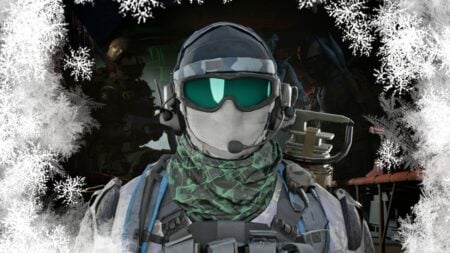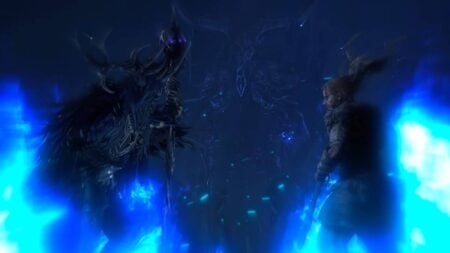[Updated on August 1, 2024, for better readability and clarification on the release date of Call of Duty: Black Ops Cold War.]
Since the release of Call of Duty Black Ops 3, the world has wondered what the mysterious symbols around the variety of zombie maps have meant. These mysterious symbols are most notably seen on the mystery box, Kronorium, summoning key, and throughout Shadows of Evil.
For a long time, we have not known what the mysterious language said. Four years have passed, and we finally now know how to decipher the mysterious language; this is all thanks to the hard work of three zombies fanatics and a passionate community. This news comes after the zombie community has all but forgotten the mysterious language.
The next Call of Duty is reportedly called Call of Duty Black Ops 5, and this cipher comes just before the return of Call of Duty Zombies. When the group initially started, they had very little information to work with. What the team did know was the literal translations for specific words and nothing more. If you know anything about language translation, knowing one or two words can help you, but it will not solve the problem.
When you look at the research that everyone put in, it is astounding. Now that the language seems to be solved, will Treyarch create a new code, or will they continue to use the same one? We will just have to wait and see when Call of Duty Black Ops 5 releases; at the moment, it is rumored for the fall of 2020. However, its actual name was Call of Duty: Black Ops Cold War, which came out on November 13, 2020. Regardless, the true beauty of the created language is that it uses the word’s origin to translate. When you look into it, the sheer amount of effort and dedication this team had is astounding.
The following was posted on the r/CODZombies Subreddit but has since been deleted by the original author.
WHAT WE KNEW:
From the limited information we were selectively given by MrRoflWaffles, we knew the translations of Apothicon words into English, and vice-versa. As an example, HUMAN translates to ZOR’ARKOTH. However that was it. We knew nothing more than exact translations.
WHAT WE DIDN’T KNOW:
Every word in Apothicon is a single symbol, that is made up of several “radicals”. These radicals have their own individual meanings and so can give context or information not only about a word, but about the way the word relates to the Apothicons as a species, or their views on it.
For this, I’ll provide a real-world example: If we take the English word “Wednesday”, it’s easy enough to just consider it a word – however if you dig into the etymology of it, you actually find a bit of history. Wednesday comes from Wodan’s-day, which in turn means Odin’s Day. This comes from the Viking occupation of Britain, when Odin was of course worshipped as a patron. However, without knowledge of the pieces that make up “Wednesday”, this analysis would be impossible. The Same is true with Apothicon.
Unfortunately however, the majority of the radicals – bar the few that Milo had shared in a single video – were totally unknown to everyone other than him, however thanks to our efforts, this is no longer the case.
APOTHICON ETYMOLOGY:
Looking again at Zor’Arkoth:
We know this means human, but if we split it up into its component radicals (ZOR, ARK, OTH/OZ), we can learn a little bit about how Apothicons view humans.
ZOR – Potential
ARK – Open
OTH – Change
In this sense, Zor’Arkoth could be literally translated as “(being that is) Open to Change”. However, given what we know about Apothicon’s history with Humans, I personally believe this could be more liberally translated as “(being that is) Easily Manipulated”.
Another great example, not only for its lore implications but also as a practical example of translation, is the word for Apothicon – OZZOTH:
If we take Ozzoth purely based on its spelling, we get the radical of “OTH/OZ” twice. However, if we instead look at its symbol, we can clearly see the radical for “NOG”. There are numerous examples of radicals that feature in the symbols of words, but not necessarily their English transliterations – these can be seen much like silent letters in English, in that they are equally as important to the word, just keep in mind that they are not pronounced.
It should be noted here that there is no concept of “I” in Apothicon. We get confirmation in Black Ops 4 that they operate under a hive-mind, however had we this information when it was meant to have been released four years ago, we would have been able to figure it our far sooner. OZZOTH is made up of “MY, MINE, OUR” and “CHANGE”. This could be seen as a possible allusion to this idea.
THE IMAGE AND THE PROCESS:
The image itself is a replication of the original treyarch design document (seen in the teaser for the Awakening DLC for Black Ops 3 and printed on the shirt given to Milo) and is seemingly completely accurate, however we would be grateful if any inaccuracies are pointed out.
The process itself was straight forward but equally time consuming. When we first started, we were able to dig up several images of Blundell wearing the shirt or the shirt being held up in videos, however these were often blurry. Luckily, the most important part of missing information – the radicals – were in some cases just about clear enough to make out, however this was not true for all radicals. At first, even if the radical itself was visible, the English definition appeared to be a pixelated mess. This didn’t make it impossible to decode though. By looking at all words that used a specific radical, we were able to discern a lose meaning for the radical, and then by comparing to the text on the image for length and character shape, were able to eventually find the correct fitting word.
Whilst at first this left a lot of uncertainty, as we translated more and used a process of elimination, as well as the methods previously described, the radical definitions became more and more accurate up until the finished product, of which I personally believe to have the totally accurate definitions (however again, if anyone can find evidence or valid counter examples, please send them to any of us as it is in everyone’s best interests that this is as accurate as possible).
WORD SYNTHESIS:
This is the fun part. For the first time since the language was first introduced 1556 days ago in Shadows of Evil, it is now possible to make your own words in Apothicon. In order to do this, simply take the radicals that fit the word you wish to create and fit them together. As seen by many full words on the list, radicals themselves can be disassembled to make a more aesthetically pleasing word, and in some cases (e.g. Parasite, Elemental) are somewhat pictographic, and look like the thing they represent.








